Every week, BRUZZ goes in search of the sound & vision of Brussels. This time Iranian-born artist Sanam Khatibi welcomes us to her cabinet of curiosities.
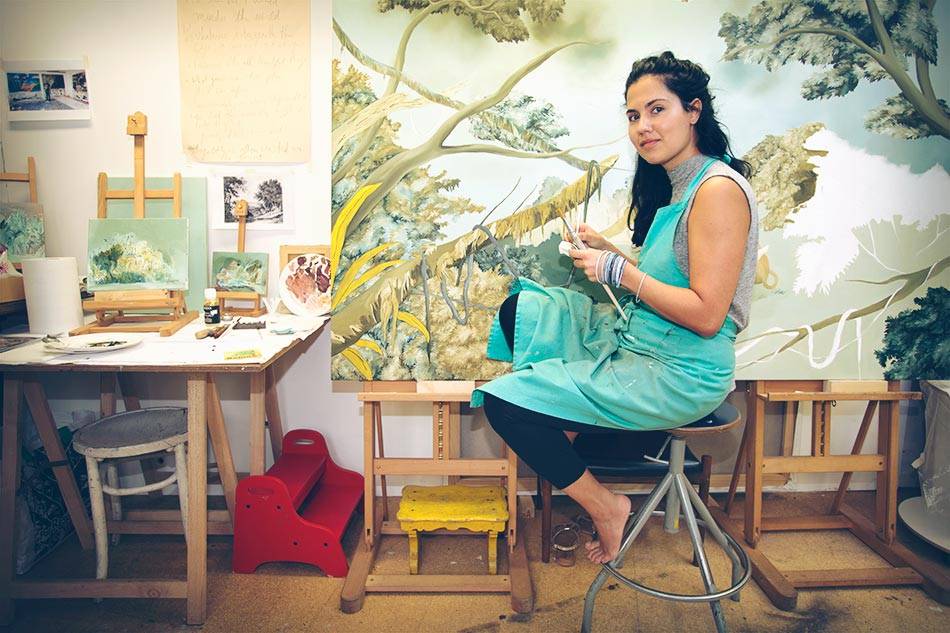
© Heleen Rodiers
Wunderkammer: Sanam Khatibi
"Une panique à Londres. Grande colère de deux éléphants." In one corner of Sanam Khatibi's living room workspace, a framed illustration from Le Petit Parisien of 11 March 1900 shows an elephant trampling on a sculpture at London's legendary Crystal Palace. It is a mere detail, a picture on the wall, but it is one that forms an associative leitmotif that might lead you through the rich, sensory work – consisting of paintings, embroideries, tapestries, and sculptures – of the Iranian-born artist. The picture, a victory of nature over civilisation, goes right to the core. "At the end of the day, we are all animals. No matter how much society tries to cover it up, no matter how polite and educated we act, our impulses remain primitive."
The women that populate Sanam Khatibi's work, live on their impulses very openly. In alluring, exotic landscapes, these seemingly immaculate, angelic creatures ride crocodiles, hunt and skin rabbits, play with snakes and octopi, or mate with lions. It makes for an estranging sight and an intoxicating experience. "Is it pain? Is it pleasure? You notice that there is something slightly off about the picture, but you can't pinpoint what it is. The male-female dynamics, power and fragility, domination and submission… These are all things that often feature in my work. To me, it's about how we all have a sadistic side, and how what frightens us most, often attracts us. Both fear and desire push you to the edge…like art, really. Art speaks to the guts: when it touches us, it is our primal side that gets stirred."
Poetry, elegance, and brutality: they are inexorably united in Sanam Khatibi. When she was eight years old, she was forced to flee her homeland, which was at war with Iraq at the time. After peregrinations in the UK and Denmark, she and her family found their way to Brussels. "You don't forget a war. Being bombed and thrown off your bed in the middle of the night, those are memories that stick with you for life. Like those of the Iranian women that are so strong that the regime never managed to control them. In fact, you could easily read a political side into my work. But I don't uniquely identify with that Persian heritage. I am a mishmash of all sorts of things: I am both The Book of Kings, that my father used to read to me, and the Flemish tapestries my mother used to collect."
This is reflected in Sanam Khatibi's studio near Luxembourg station in Elsene/Ixelles. The place – spread across a big living room, an enclosed garden, and an outhouse "where I spend most of my days painting" – is like a cabinet of curiosities where, among the toy dinosaurs, plants, tapestries, paintings, and frames, Henry Darger, Peter Doig, and Georges Bataille engage in dialogue with one another, phalluses on the table try to measure up to snakes on the floor, and a book about Greek vases cosies up to a Bestiaire du Moyen Âge. "This is my home and my studio. I have always worked from home. I need that warmth, I need to be surrounded by my objects, books, all the things I collect. In a way, those are an extension of my work. Even at a show, I don't just show paintings. I like creating an atmosphere." Poetic, elegant, brutal.
THE HOLLOW IN THE FERNS > 30/10, NICC
LE JARDIN DECOMPOSE, 11/11 > 21/12, Super Dakota
Wunderkammer
Read more about: Expo , Wunderkammer
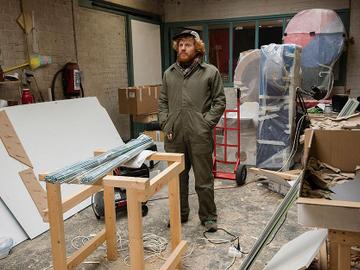
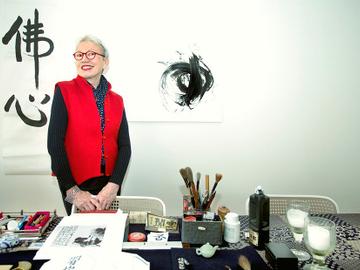
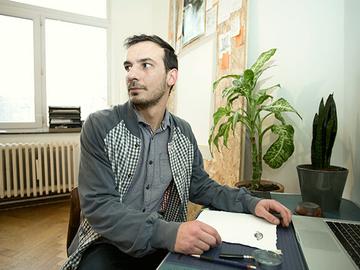
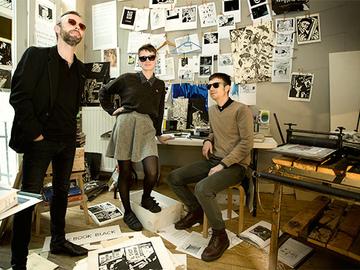
Fijn dat je wil reageren. Wie reageert, gaat akkoord met onze huisregels. Hoe reageren via Disqus? Een woordje uitleg.